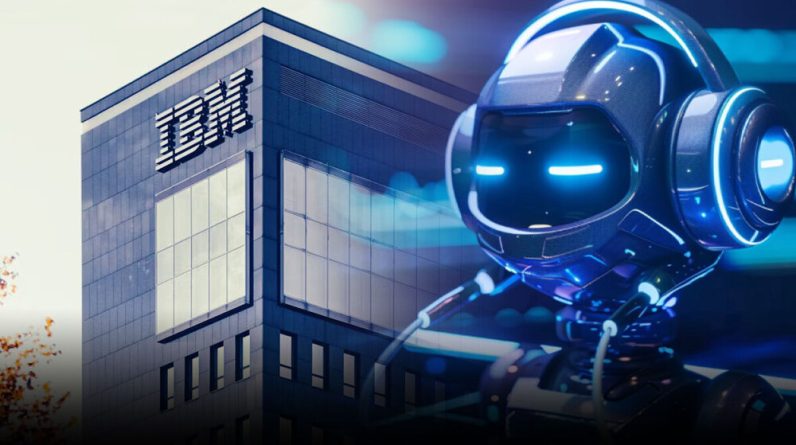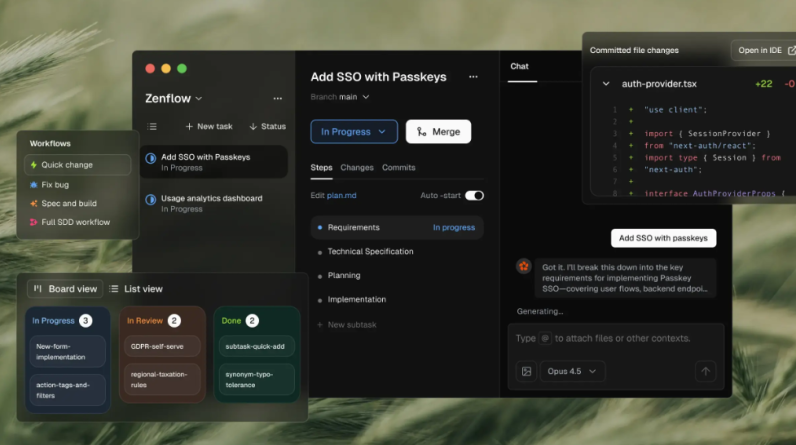
IBM’s attempt to streamline its workforce through artificial intelligence led to the elimination of roughly 8,000 jobs in 2023. However, despite this downsizing, the company’s overall headcount later increased due to rising demand in areas boosted by the very AI systems that replaced routine work.
CEO Arvind Krishna told the Wall Street Journal that while automation initially reduced staffing, it freed up resources for strategic investments. These new investments created opportunities in higher-skill sectors that required human talent.
AI Transforms Routine Work
IBM introduced a company-wide AI program to handle repetitive tasks, with a focus on human resources. A digital assistant named AskHR was deployed to automate 94% of standard HR processes, including vacation requests, payroll issues, and document handling.
This shift generated $3.5 billion in productivity gains across more than 70 business units. But the larger surprise came when these changes created the need for more specialized roles. IBM began hiring software developers, sales teams, and marketing staff to manage areas where automation fell short.
Reallocating Funds
Savings from job cuts were redirected into departments demanding human problem-solving and strategic thinking. While automation handled predictable tasks, areas like customer engagement and innovation required people with expertise.
The company’s hiring shift reflects broader trends, where automation removes low-skill roles but simultaneously raises demand for advanced skills. IBM’s experience led to:
- Reduced support staff
- Growth in technical and creative roles
- Higher pay for skilled professionals
- Hybrid models where humans and AI work together
Small AI Limitations
AskHR processed more than 11.5 million queries in 2024. The company reported a jump in Net Promoter Score, a customer satisfaction metric, from -35 to +74, showing improved service delivery. However, about 6% of queries still needed human input, underlining AI’s current limitations in handling complex cases.
Similar efforts by firms like Duolingo showed mixed results, as many were forced to rehire to maintain service quality when automation fell short.
Lessons for the Future
IBM’s case adds to the growing debate over automation’s impact on the workforce. Research by the World Economic Forum estimates 92 million jobs could be lost globally by 2030 due to AI. Yet, the same technologies are also expected to generate entirely new job categories.
IBM’s strategy shows that success depends on how automation is managed. Instead of only cutting roles, companies need to plan for re-skilling and restructuring. With thoughtful execution, AI can become a tool for growth rather than just a means to reduce headcount.






